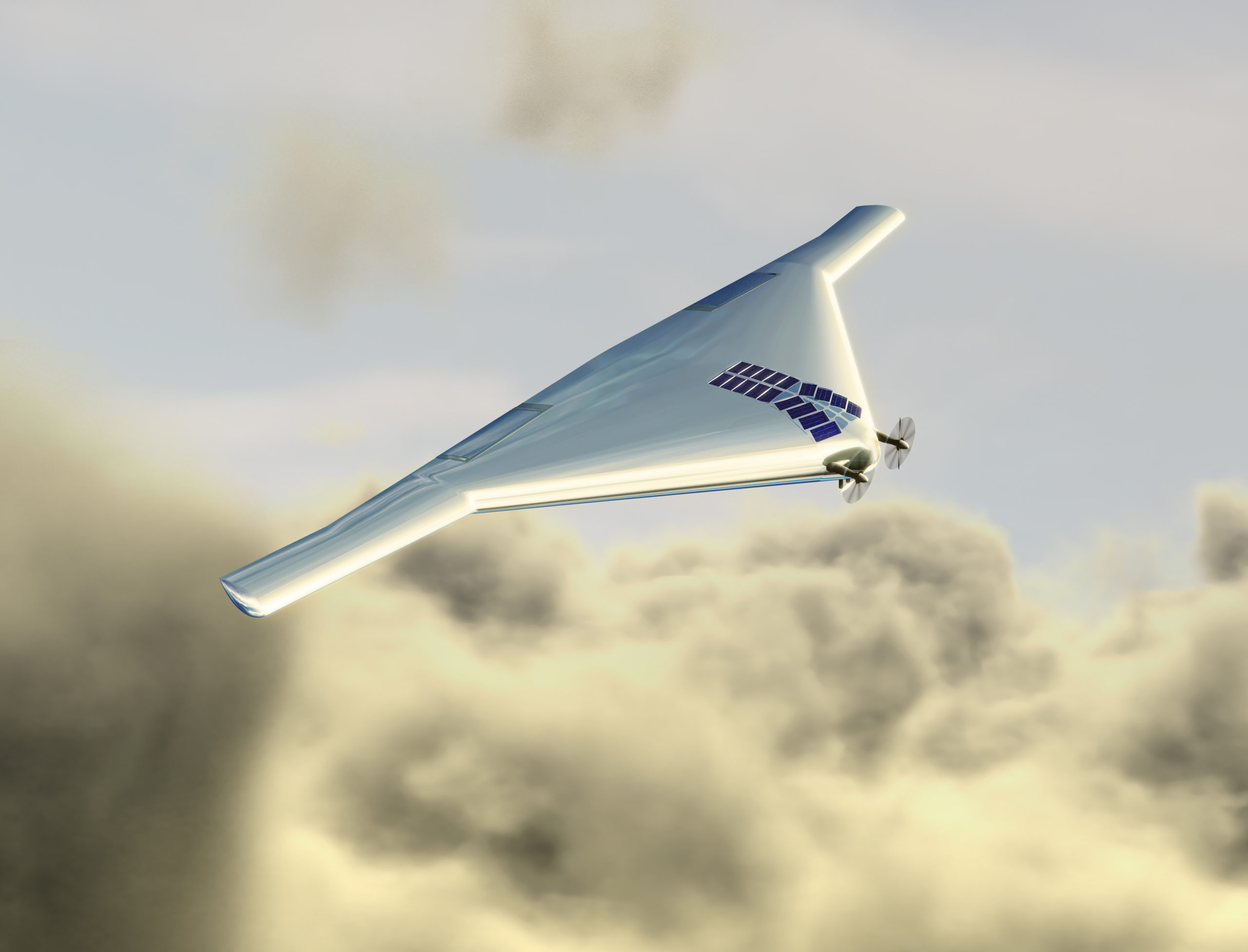Venus, with its crushing atmospheric pressure and scorching surface temperatures, seems an unlikely place for life to take hold. But while the surface of this planet remains completely inhospitable, Venus’ atmosphere may be capable of harbouring microbial life, according to new research.
Composite image of Venus. Very pretty. Image: Akatsuki Orbiter/Institute of Space and Astronautical Science/Japan Aerospace Exploration Agency
Venus may be a hellhole, but it wasn’t always this way. Climate models suggest the second planet from the Sun once featured liquid water on its surface and a habitable climate for upwards of two billion years. That’s plenty of time for life to evolve, but at some point in this planet’s past – we don’t know exactly when – things went all to crap. Owing to a runaway greenhouse gas effect, all of Venus’ water evaporated into the atmosphere, which in turn exacerbated the heating effect even further. Today, temperatures on the surface exceed 450C, and the atmospheric pressure is 92 times heavier than what we experience here on Earth.
If life emerged on Venus during its two-million-year window of habitability, this cataclysmic turn of events likely wiped out every living creature, large or small. But as new research published this week in the science journal Astrobiology points out, there’s another possibility: Some microorganisms may have retreated to the clouds, where environmental conditions are surprisingly stable and downright balmy. Today, this research suggests, we can see these surviving microbial blooms as dark splotches in Venus’s lower cloud layer. The lead author of the new study, Sanjay Limaye of the University of Wisconsin – Madison’s Space Science and Engineering Center, isn’t saying there’s life on Venus, but the new paper – a self-described “hypothesis article” – suggests we should look for signs of life in the planet’s cloudtops.
The idea that life might exist in Venus’ clouds is nothing new. Astronomer Carl Sagan first proposed the idea in 1967, followed by astrobiologist David Grinspoon in 1997. This line of inquiry largely stalled due to lack of evidence, but a 1999 paper suggested conditions at higher altitudes would freeze, but not kill, microbial life. A 2004 paper concluded that chemical conditions in Venus’ clouds fall within the bounds of habitability, namely at the layer between 48km and 52km, where temperatures fluctuate between zero to 60C, atmospheric pressure hovers between 0.4 to 2 atm, and the clouds are peppered with life-friendly compounds such as sulphur, acid aerosols and carbon dioxide.
And then there’s Venus’ strange dark splotches, which were first detected by astronomers nearly a century ago. When viewed in ultraviolet light, these dark patches exhibit traces of concentrated sulfuric acid and other unknown light absorbing particles. These patches persist for days, frequently changing shape and contrast.
As the new paper points out, it just so happens that some microbes on Earth are capable of thriving in acidic environments, feeding off carbon dioxide and producing sulfuric acid. Similar conditions exist along Venus’ cloudtops. We also know of bacteria with light-absorbing properties; it’s conceivable that massive conglomerations of these airborne microorganisms could explain the enigmatic dark patches on Venus. Finally, some microorganisms on Earth, mostly bacteria, get swept up into our atmosphere, where they can stay alive at heights reaching 41km. Perhaps something like this happened on Venus, and the microorganisms have been hanging out in the clouds ever since its oceans boiled away. This idea is not as crazy as it sounds. At Tso Kar, a high-altitude salt lake in northern India, the powdery residue of sulphur-munching bacteria is frequently blown into the atmosphere.

Artist’s depiction of VAMP, a robotic aircraft that could explore Venus’ clouds. Illustration: Northrop Grumman Corp.
As noted, this is all very circumstantial, and we really have no idea if life exists in Venus’ clouds. Our instruments can’t discern if the particles are organic or inorganic in nature. But it’s certainly an idea worth exploring. One way we could do this is by deploying the Venus Atmospheric Manoeuvrable Platform, or VAMP – a robotic glider project from NASA, Northrop Grumman and L’Garde that would fly like a plane but floats like a blimp. Once dispatched to the Venusian atmosphere, VAMP would stay airborne for about a year, gathering data and samples. It could even be equipped with an array of sensors, including an instrument that can identify living microorganisms. Ideally, VAMP would be included in Russia’s Roscosmos Venera-D mission, which is slated for launch sometime in the late 2020s.
Sounds almost impossible to believe, but our nearest planetary neighbour may actually be one of the best candidates for life in the Solar System outside of Earth.
